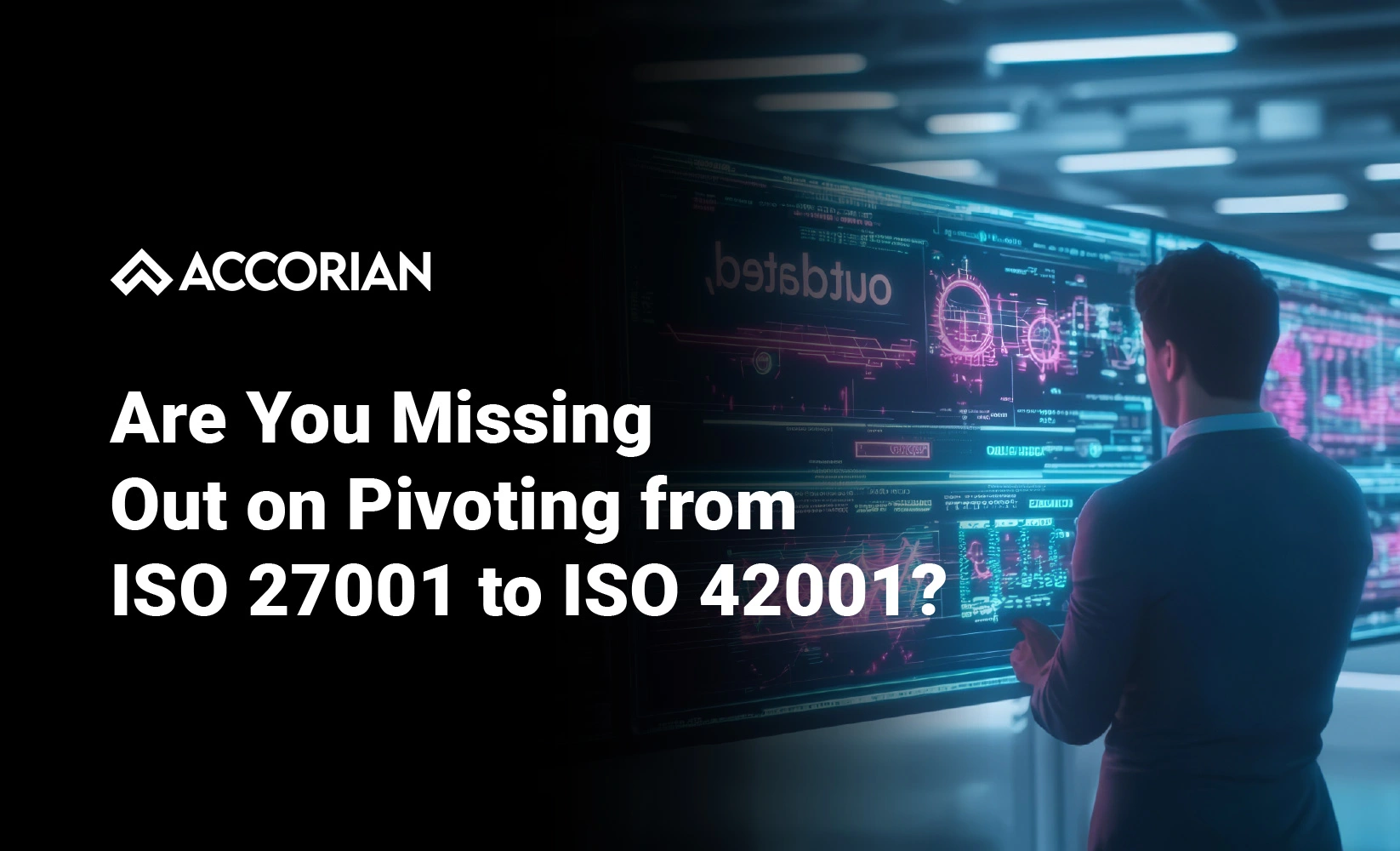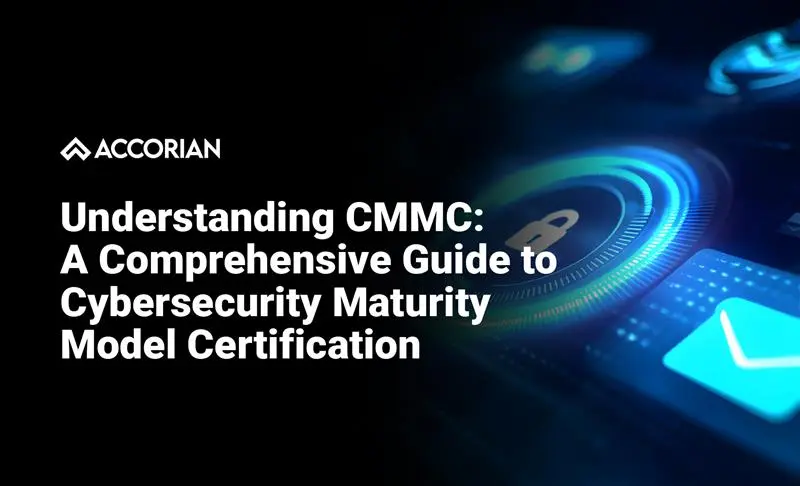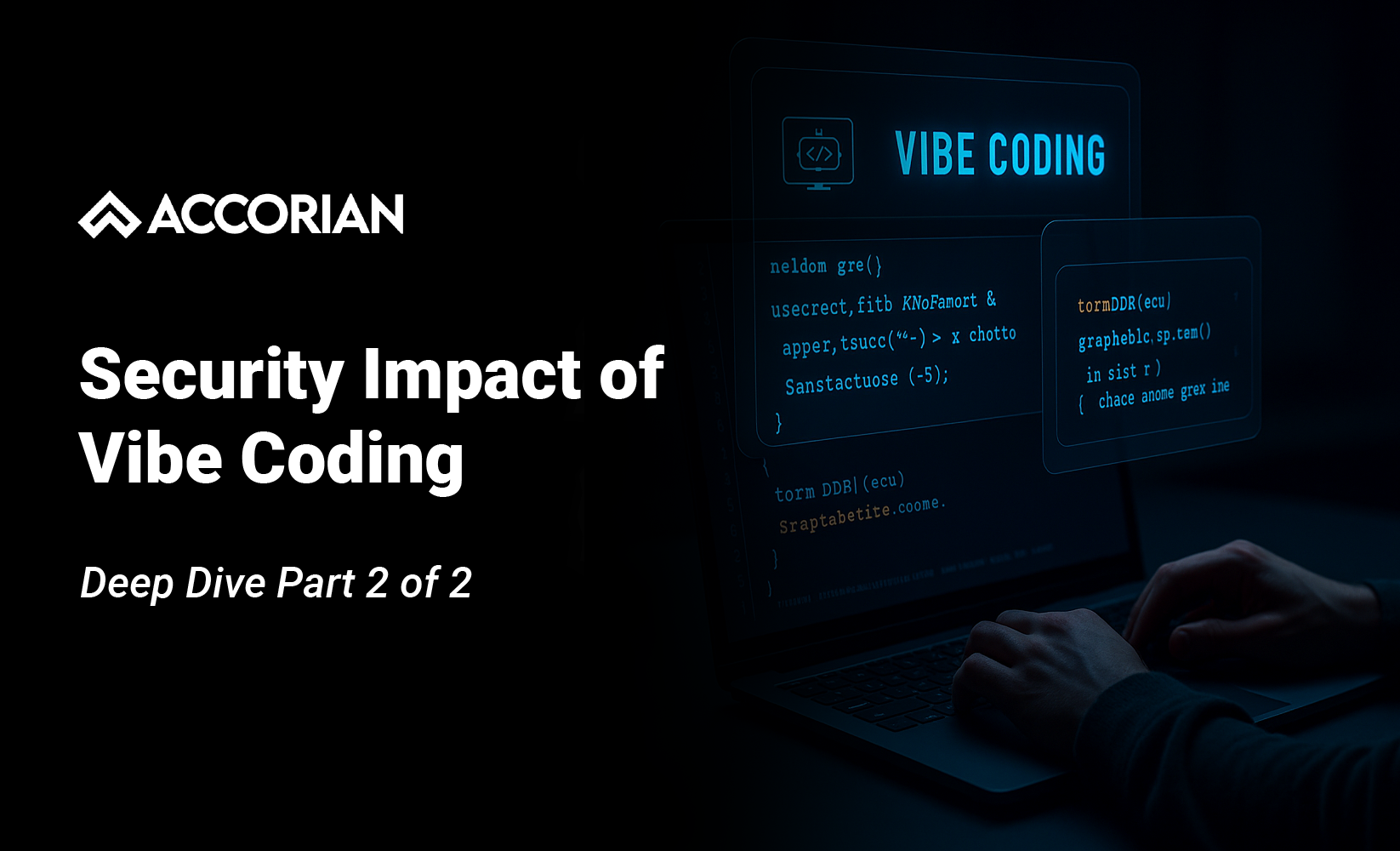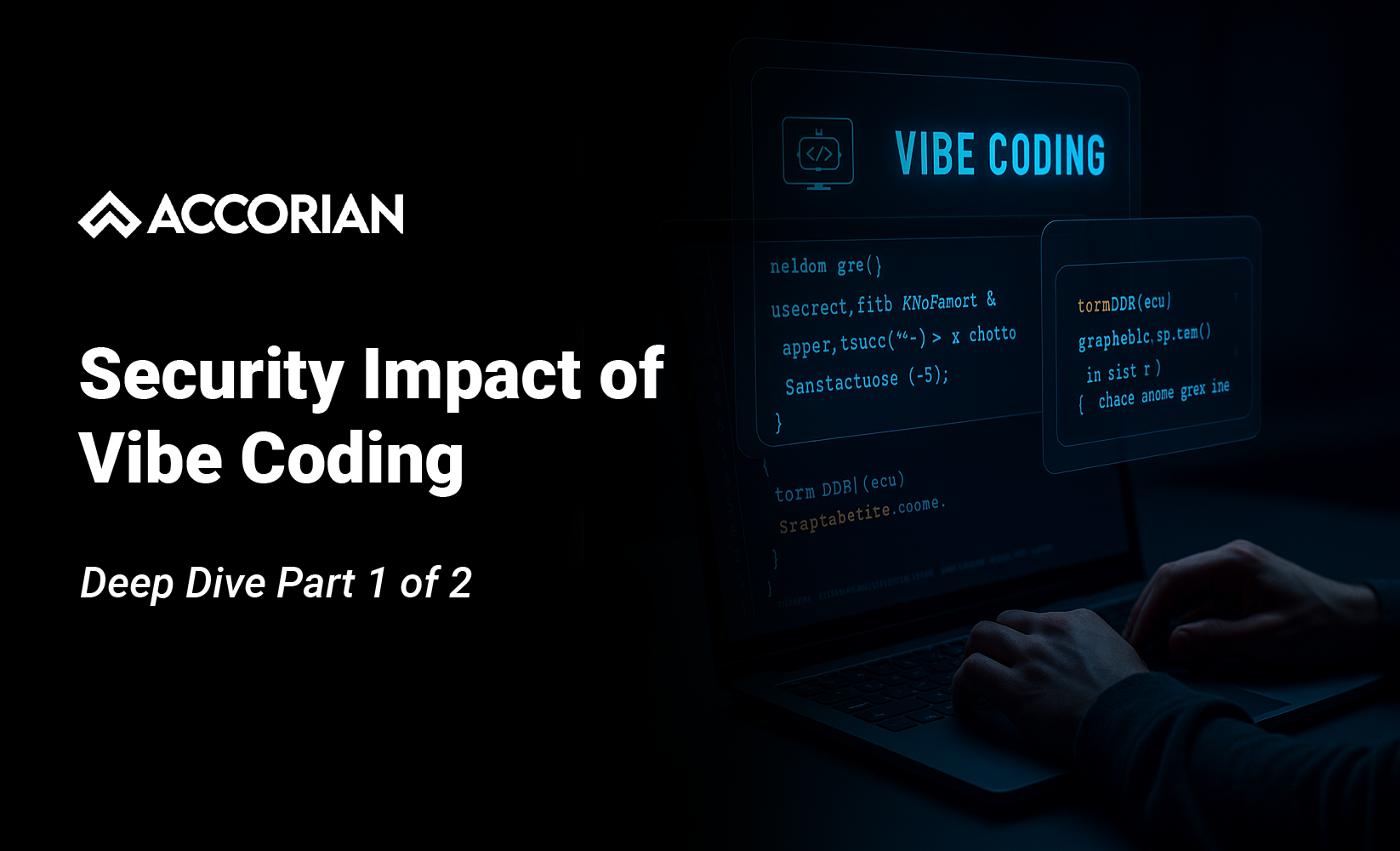Since organizations have started incorporating artificial intelligence (AI) into crucial processes, a sound framework for managing the attendant risks is imperative. Although the worldwide standard for information security management has been ISO 27001 for a long time, the recently issued ISO 42001 tackles the intricate and dynamic vulnerabilities inherent to AI systems.
While the two standards share several elements—the High-Level Structure (HLS), the Plan-Do-Check-Act (PDCA) model, and a risk-based paradigm—ISO 42001 proposes new domain-specific requirements beyond information security concerns.
1. Broader Definition of Risk
ISO 27001 centers on the classic CIA triad, i.e., confidentiality, integrity, and availability of information. ISO 42001, however, expands this definition to include AI-specific risks such as:
- Fairness and bias
- Transparency and explainability
- Safety and societal impact
These dimensions accentuate the way AI can impact system security, ethical consequences, legal requirements, and public trust. Organizations are now required to analyze and counteract risks that aren’t strictly technical, but are also ethical, legal, and social.
2. Deeper Data Governance
While ISO 27001 focuses on securing and controlling data processing, ISO 42001 delves into the detailed specifics of AI data governance. Inconsistent-quality or inappropriately sourced data can generate biased, unsafe, or non-compliant AI models — something ISO 42001 directly addresses. Where ISO 27001 has a more general orientation, it requires dynamic management of AI datasets throughout their full lifecycle to guarantee integrity and accountability. ISO 42001 mandates organizations to maintain comprehensive data inventories that track:
- Data lineage
- Data quality indicators
- Legal justification
3. Emphasis on Bias and Fairness Testing
The requirement for bias detection and mitigation throughout the AI lifecycle is the most significant innovation in ISO 42001. This adds a crucial degree of control that is typically absent from standard security systems and comprises setting fairness standards, checking for known biases, and consistently taking corrective action:
- Bias detection across the AI lifecycle
- Clear fairness standards
- Continuous remediation
4. Transparency and Explainability by Design
ISO 42001 requires organizations to demonstrate how AI systems make decisions. This goes beyond logging events and errors; it involves:
- Model cards and user disclosures
- Explainability tools and documentation
- Logs that record decision variables and rationale
This requirement acknowledges the growing demand from regulators, customers, and auditors for accountable and traceable AI decision-making.
5. Expanding Governance and Accountability
Governance of AI risks requires greater participation than conventional IT or InfoSec leadership and cross-functional collaboration via AI Governance Committees to facilitate balanced and consensus-based decision-making. To accomplish this, organizations ought to focus on the following areas:
- Cross-functional involvement
- Formation of AI Governance Committees
- Balanced decision-making
6. Managing External AI Components
Pre-trained models, APIs, and third-party AI services introduce opaque risks. ISO 42001 addresses these by requiring extended supplier due diligence. Organizations must now assess not just service-level guarantees, but also:
- Provenance of training data
- Bias controls in the model
- Update and retraining cycles
This encourages a more holistic and transparent approach to third-party risk management in the AI supply chain.
7. Building Mature MLOps Practices
ISO 42001 defines successful AI governance as relying on mature MLOps (Machine Learning Operations) such as version control, rollback, and model monitoring. These contribute to AI systems being accurate, stable, and consistent with their intended goal. It is critical to treat ML pipelines as seriously as production code to demonstrate control efficacy. To build mature MLOps practices, organizations should focus on the following:
- Version control and rollback
- Model monitoring
- Production-grade ML pipelines
8. Regulatory Alignment
ISO 42001 is an exceptional starting point, but organizations should do more. It is critical to align ISO 42001 criteria with emerging legislation such as the EU AI Act and national data protection regulations. To strengthen regulatory alignment, organizations should prioritize:
- Mapping ISO 42001 to emerging laws
- Avoiding over-reliance on standards
- Updating risk registers
9. New Skills and Cultural Shifts
AI governance constitutes complications that traditional InfoSec teams may not be equipped to handle. Expertise in AI ethics, model validation, and statistical analysis is essential. Organizations must overcome this competence gap by implementing focused training and awareness campaigns. To address the new skill and culture needs, organizations should:
- Invest in specialized training
- Bridge traditional and emerging skills
- Promote a governance-driven culture
Conclusion
ISO 42001 marks a substantial shift in governance frameworks, reflecting the complex and varied nature of AI risk. While ISO 27001 provides a solid basis, implementing ISO 42001 necessitates a broader viewpoint, deeper collaboration, and a proactive approach to ethical and operational risk mitigation.
Understanding and resolving these gaps will not only help with compliance but will also encourage responsible AI practices that generate trust, accountability, and long-term value.



